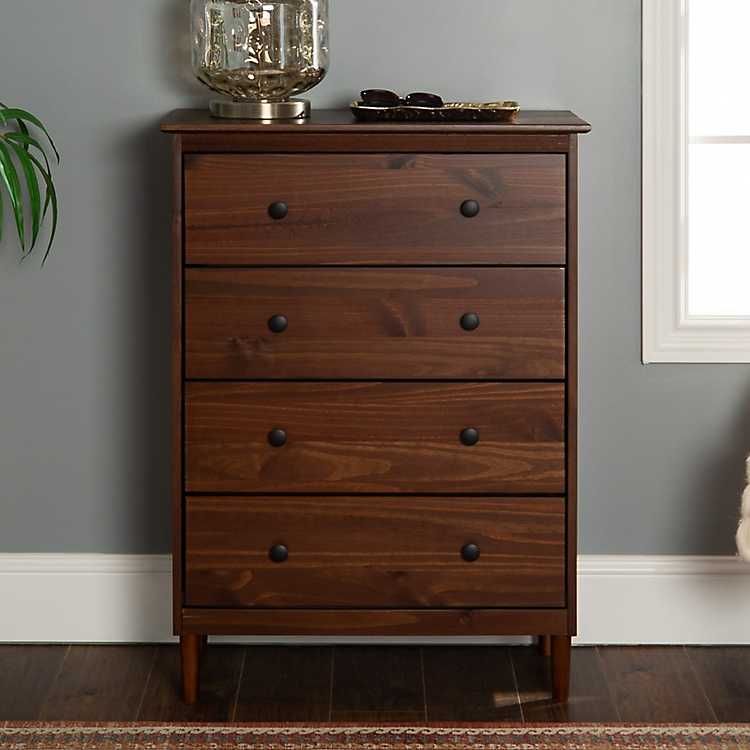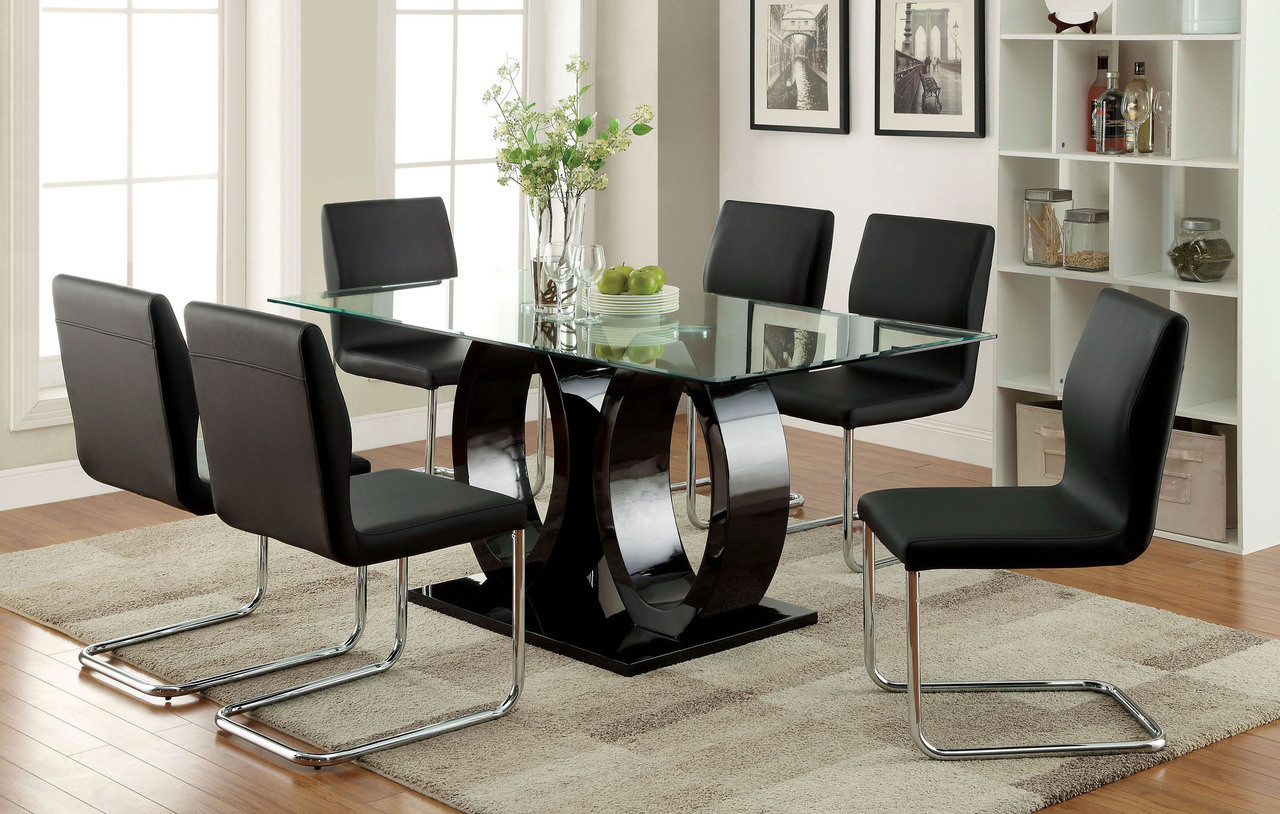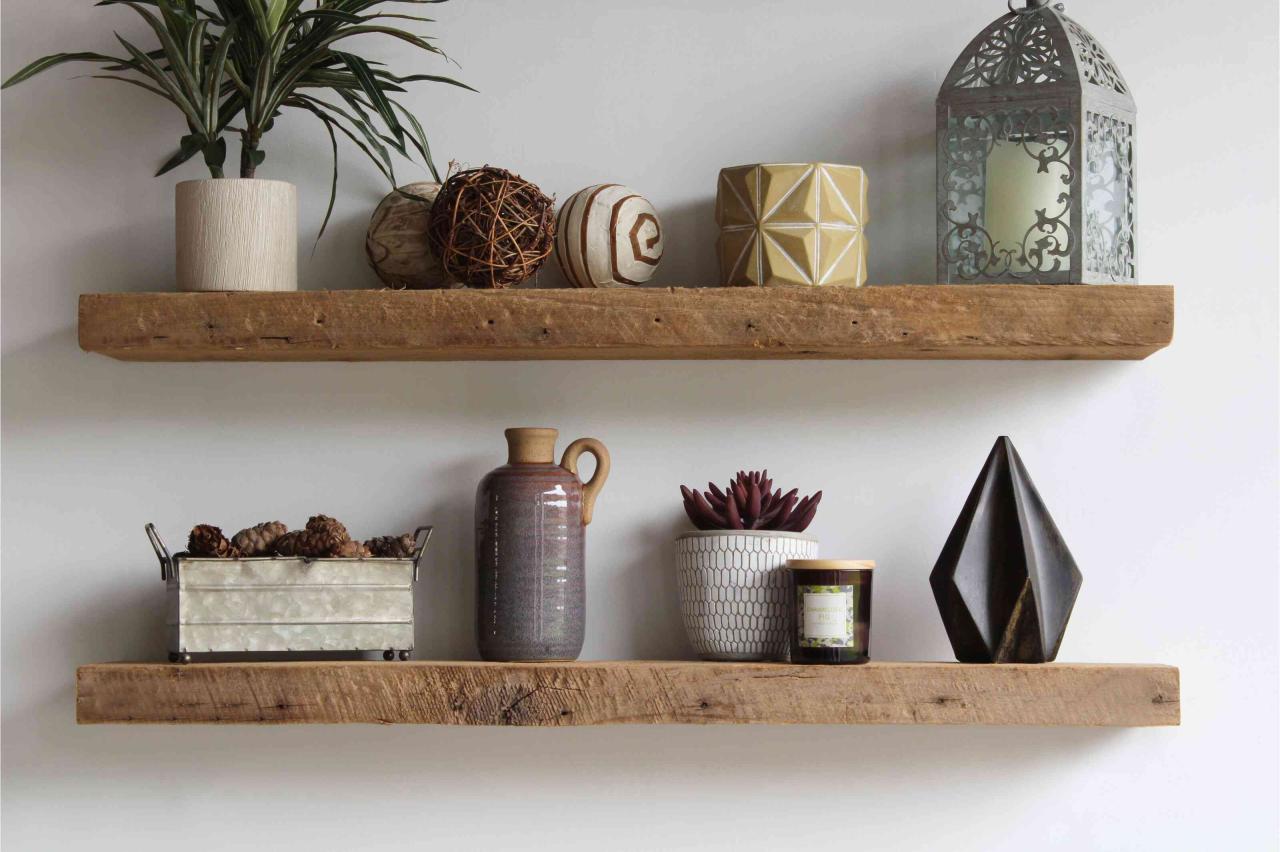When it comes to designing a bathroom, one of the most crucial components is the shower pan. A shower pan not only serves as a base for your shower but also plays a vital role in waterproofing and ensuring proper drainage. For those considering a 36×40 shower pan, the choice of material can significantly impact durability, aesthetics, maintenance, and cost. In this article, we will delve into the top five materials for your shower pan, examining their pros and cons, and helping you make an informed decision.
1. Acrylic Shower Pans
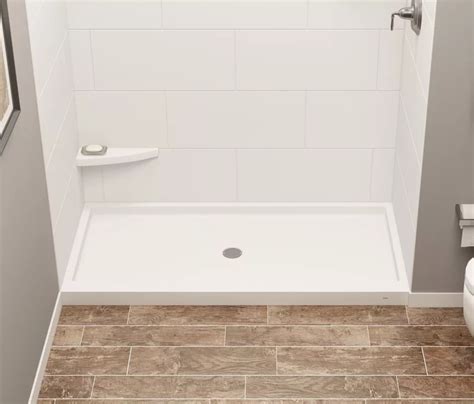
Acrylic is one of the most popular materials for shower pans, and for good reason. It is lightweight, easy to install, and offers a smooth, glossy finish that is aesthetically pleasing.
- Durability: Acrylic shower pans are resistant to chipping, cracking, and scratching. They also withstand changes in temperature, making them ideal for bathrooms.
- Maintenance: Cleaning an acrylic shower pan is straightforward—simply use mild soap and water. This ease of maintenance makes it a favorite among homeowners.
- Cost: Acrylic pans are generally more affordable than other materials, making them a great option for budget-conscious renovations.
Despite its advantages, acrylic does have some drawbacks. It can be prone to fading over time and may require occasional refinishing to maintain its glossy look. Additionally, while many acrylic pans come with built-in slip-resistant surfaces, they may not be as effective as other materials.
2. Fiberglass Shower Pans
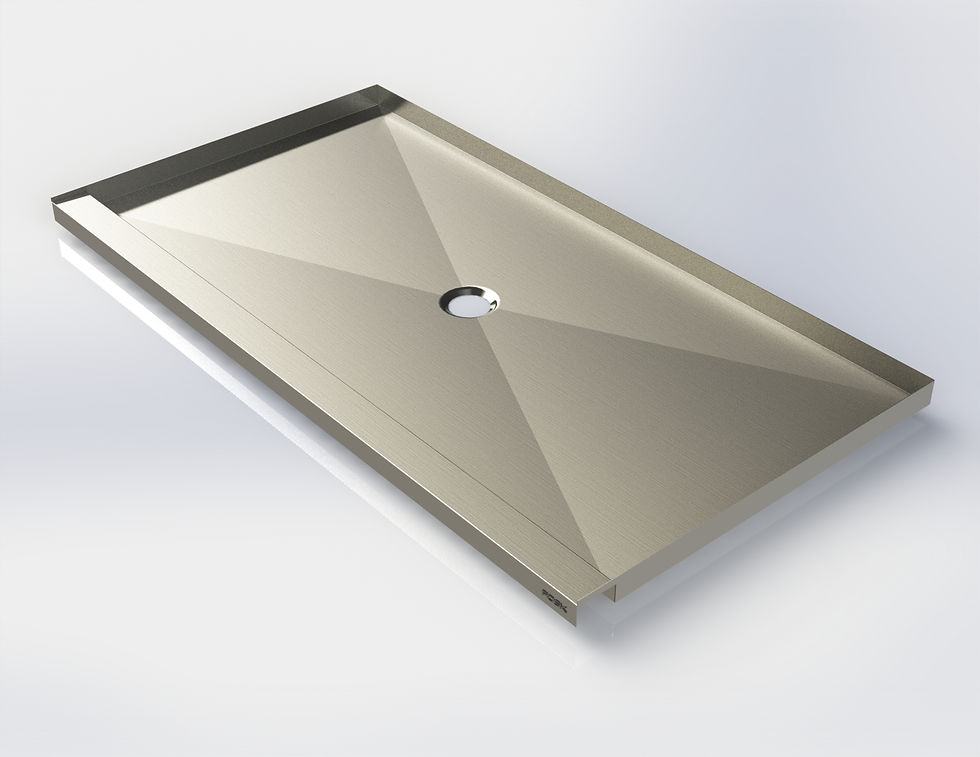
Fiberglass shower pans are another common choice, known for their lightweight nature and affordability. They are made from a composite material that consists of glass fibers and resin.
- Lightweight: Fiberglass pans are incredibly easy to handle and install, making them suitable for DIY projects.
- Versatility: Available in various styles and colors, fiberglass pans can fit into almost any bathroom design.
- Waterproof: Fiberglass is naturally waterproof, which helps prevent mold and mildew growth.
However, fiberglass pans can be easily scratched and may suffer from discoloration over time. They are also less durable compared to acrylic and can become brittle as they age, leading to cracks. For homeowners looking for a temporary or budget-friendly solution, fiberglass may be an appealing option, but it might not offer the longevity of other materials.
3. Tile Shower Pans
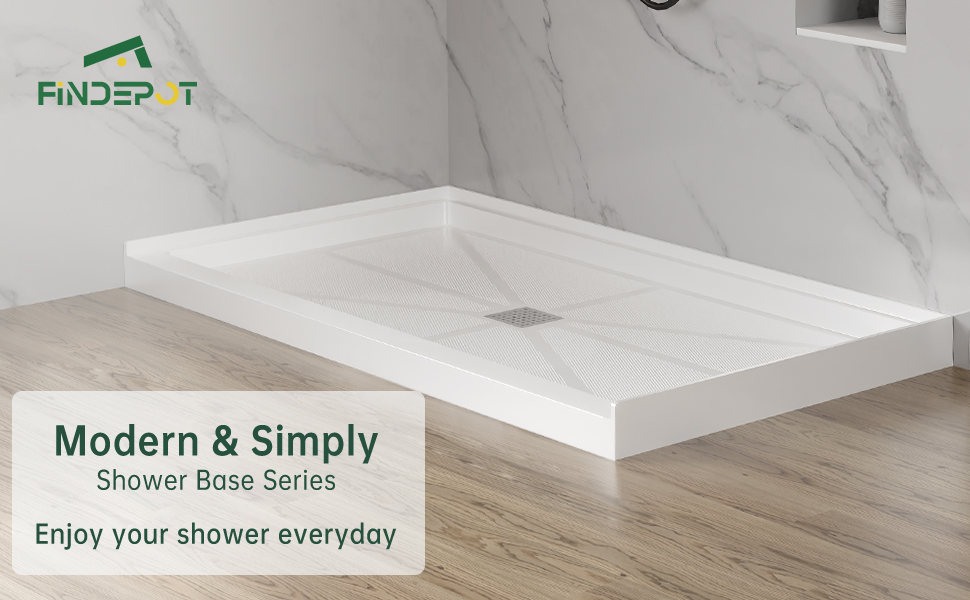
Tile shower pans offer a high level of customization and aesthetic appeal, making them a popular choice for more luxurious bathroom designs. A tile pan is usually made from a mortar bed and is topped with ceramic or porcelain tiles.
- Customizable: With a myriad of colors, shapes, and sizes available, homeowners can design a unique shower pan that perfectly matches their bathroom décor.
- Durability: When installed correctly, tile shower pans can last for decades. They are resistant to scratches and can withstand heavy use.
- Water Resistance: Properly grouted tile pans are extremely waterproof, provided they are maintained regularly.
On the flip side, tile shower pans can be quite expensive due to the cost of materials and labor for installation. They also require regular maintenance to prevent grout from becoming stained or damaged, and the surface can be slippery if not treated with anti-slip coatings. As such, tile shower pans are best suited for those willing to invest time and money into their bathroom renovation.
4. Stone Shower Pans
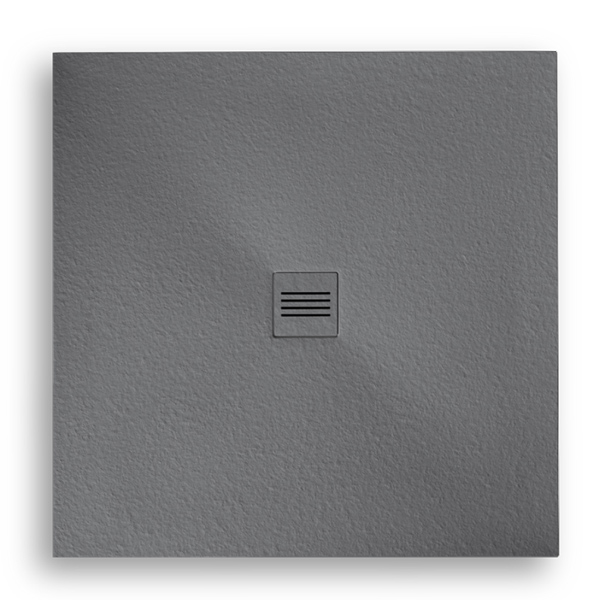
Natural stone shower pans, including options like granite, marble, or slate, offer a luxurious and timeless look. Each stone is unique, providing an exclusive aesthetic for your shower.
- Beauty: The natural variations in stone create a stunning visual appeal that can enhance the overall feel of your bathroom.
- Durability: Stone is a robust material that can withstand heavy use over the years without showing significant wear.
- Heat Resistance: Natural stone stays cool to the touch, which can be particularly enjoyable in warmer climates.
However, stone shower pans come with their own set of challenges. They can be quite heavy and may require additional structural support for installation. Additionally, they tend to be on the pricier side, both in terms of materials and installation costs. Stone is also more porous than other materials, making it susceptible to staining if not properly sealed. Regular maintenance, including sealing, is essential to preserve its beauty and functionality.
5. Concrete Shower Pans
Concrete shower pans are gaining popularity for their modern aesthetic and durability. They can be poured in place or precast, offering flexibility in design.
- Customization: Concrete can be shaped and colored to fit the specific design needs of your bathroom, allowing for a seamless look.
- Durability: Concrete is incredibly strong and can handle significant weight without cracking or breaking.
- Low Maintenance: Once sealed, concrete requires minimal maintenance compared to other materials.
However, concrete shower pans can be expensive to install, particularly when considering the labor involved in pouring or shaping the concrete. They also require sealing to prevent water absorption and staining. Additionally, a poorly installed concrete pan can lead to drainage issues, so professional installation is highly recommended.
Selecting the right material for your 36×40 shower pan is crucial to ensuring your bathroom meets your aesthetic preferences and functional requirements. Each of the materials discussed—acrylic, fiberglass, tile, stone, and concrete—offers unique advantages and challenges. To summarize:
- Acrylic pans are affordable and easy to maintain but may fade over time.
- Fiberglass pans are lightweight and waterproof but can scratch easily.
- Tile pans offer customization and durability but require regular maintenance.
- Stone pans provide a luxurious look but can be heavy and require sealing.
- Concrete pans allow for design flexibility and durability but can be expensive to install.
By carefully considering these factors and how they align with your budget, design vision, and maintenance preferences, you can choose a shower pan material that will serve you well for years to come. Remember, the right choice not only enhances the beauty of your bathroom but also contributes to its functionality and longevity.
